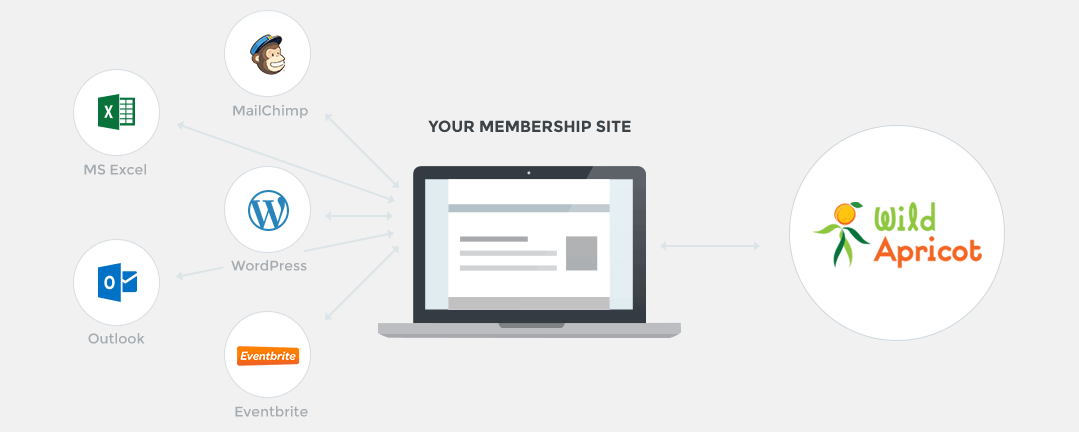A social club might not be the first thing you think of as an entrepreneur who is looking to make a profit or create a job for themselves. But for people who are natural connectors and organizers, a social club can be a good way to leverage your people skills in a way that can earn money. Don’t quit your day job just yet! Starting slowly is the best approach to see if you could actually earn a living.
Who will belong to your club?
For many clubs, the common factor is a shared interest, hobby, identity or location. Tying together two of these things such as an interest and a location can be a good place to start. Getting super specific with multiple factors — like “watercolor artists who are vegan and living in Tarrytown” — might narrow your field too much. There may not be more than a few people who meet that criteria. Some of the things that your members may share include:
- Interests – sports, volunteering, activities, hobbies, talents
- Identity – profession/career, ethnic, alumni status
- Location – a neighborhood, town or state
What will you call your club?
It’s a good idea to not get too clever with the name. Ideally the club name will convey the interest, location or factors that club members share in common. Including the geographic location or identifier is helpful for potential club members. It doesn’t always have to be a town name. For example, Tucson, Arizona, is in the Sonoran desert, so many businesses and nonprofits there use that identifier as part of their name. Using someone’s proper name as part of the club identity might not be a great idea unless:
- You have their permission.
- Their name is synonymous with the thing unites club members.
- The person will never stop being someone you admire (not likely involved in a scandal).
- The person will always be affiliated with the organization your club members want to affiliate with. For example, if you had started a club called “The Romo Club” for Dallas Cowboy fans, does that name still make sense now that Tony Romo has retired?
Legal considerations
Once you have a name in mind, it’s not a bad idea to get serious by investing in vetting and securing the name. Some club founders will opt to test their idea as mentioned in the next step before putting money down, but legal issues can arise if you are trying to use a club name online that someone else may already be using.
- Register your URL/domain name; availability of a domain name may influence your naming decisions.
- Check county, state and national records to be sure you aren’t infringing upon an existing organization’s rights. An attorney can help you with this if you don’t feel confident doing it on your own.
- Consult a CPA or attorney to hear the pros and cons of various types of legal entities. Are going to be a 501c3 nonprofit organization or a for-profit entity? Just because you are a nonprofit doesn’t mean that you can’t draw a salary. Note that you might need to collect sales taxes depending upon your location and what you are selling.
- File legal paperwork for your organization with the relevant governmental authorities.
- Engage a designer to create your organization’s logo.
Will this club be successful? Test it.
Look to the internet and social networks to start gathering like-minded members. These tools are often free or low-cost. You want to know if this is a group that people will feel compelled to belong to and will want to invite their friends or contacts as well. However, it’s best to not rely solely upon social media to communicate with members. Most social platforms control when and if they show your posts to those who follow you, so collect email addresses as your first priority.
Set up some type of two-way communication platform
A two-way platform allows members to talk to each other. Your group can become viral when members start inviting their friends or colleagues to join your club’s online presence. Where does your target demographic hang out online? Are they older and more likely to be Facebook users, or professionals who network on LinkedIn? See if you can start a group and find followers.
- Facebook group: Group members are much more likely to see your posts than if you just make posts on a Facebook page.
- LinkedIn group: Industry and career-related clubs should have a presence here.
- Email Listserv: You can use Google groups to set up a free listserv to communicate amongst your members.
Create a Facebook page, Instagram account, LinkedIn page, YouTube channel, Pinterest business account, Snapchat business account and/or Twitter profile: It doesn’t hurt to have multiple social accounts as long as you keep them all updated regularly. Consider if you already have a group on one of these platforms if creating a page will create confusion. Perhaps the page can be a place where you promote membership, but the group is just for members?
Set up an account with an email marketing platform
MailChimp offers a free account for up to 2000 contacts. Both prospects and club members should be in your email audience, though you might want to segment or tag members so you can send some messages just to them. Once you have a club website, you can add a signup form to your footer or sidebar. Some membership software also offers integration with MailChimp.
Leverage your groups
If you have found some success with your group and follower numbers, it’s time to create a membership website so you can start charging dues and offering other member benefits such as an online directory, event calendar and members only content. You can offer special member only perks like member only tickets, member only newsletter, discounted tickets and access to or listing in the directory.
Have other ideas for profiting from a social club? Let us know in the comments!
Author Amy Hufford works at MembershipWorks, which offers club software and membership websites.




